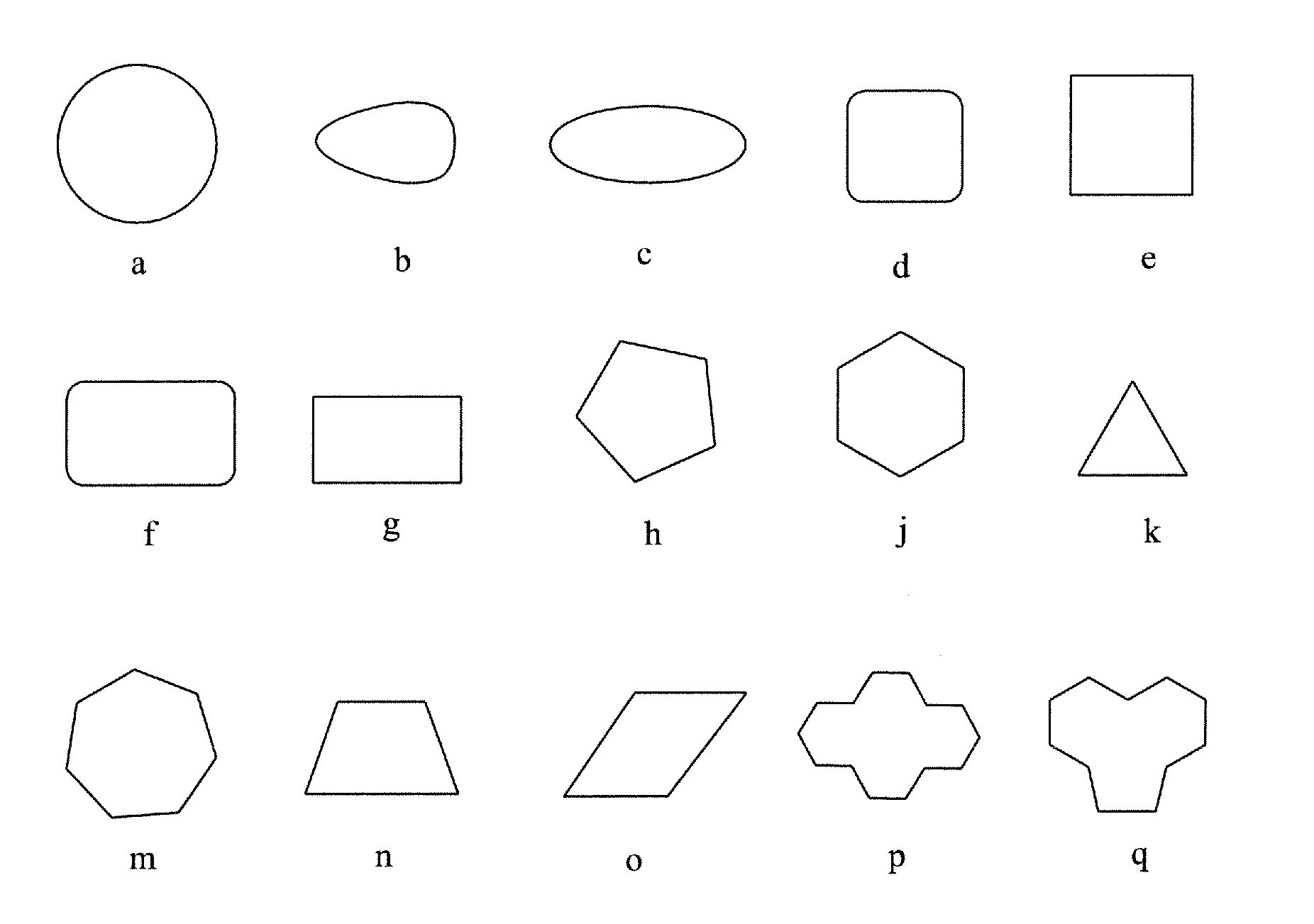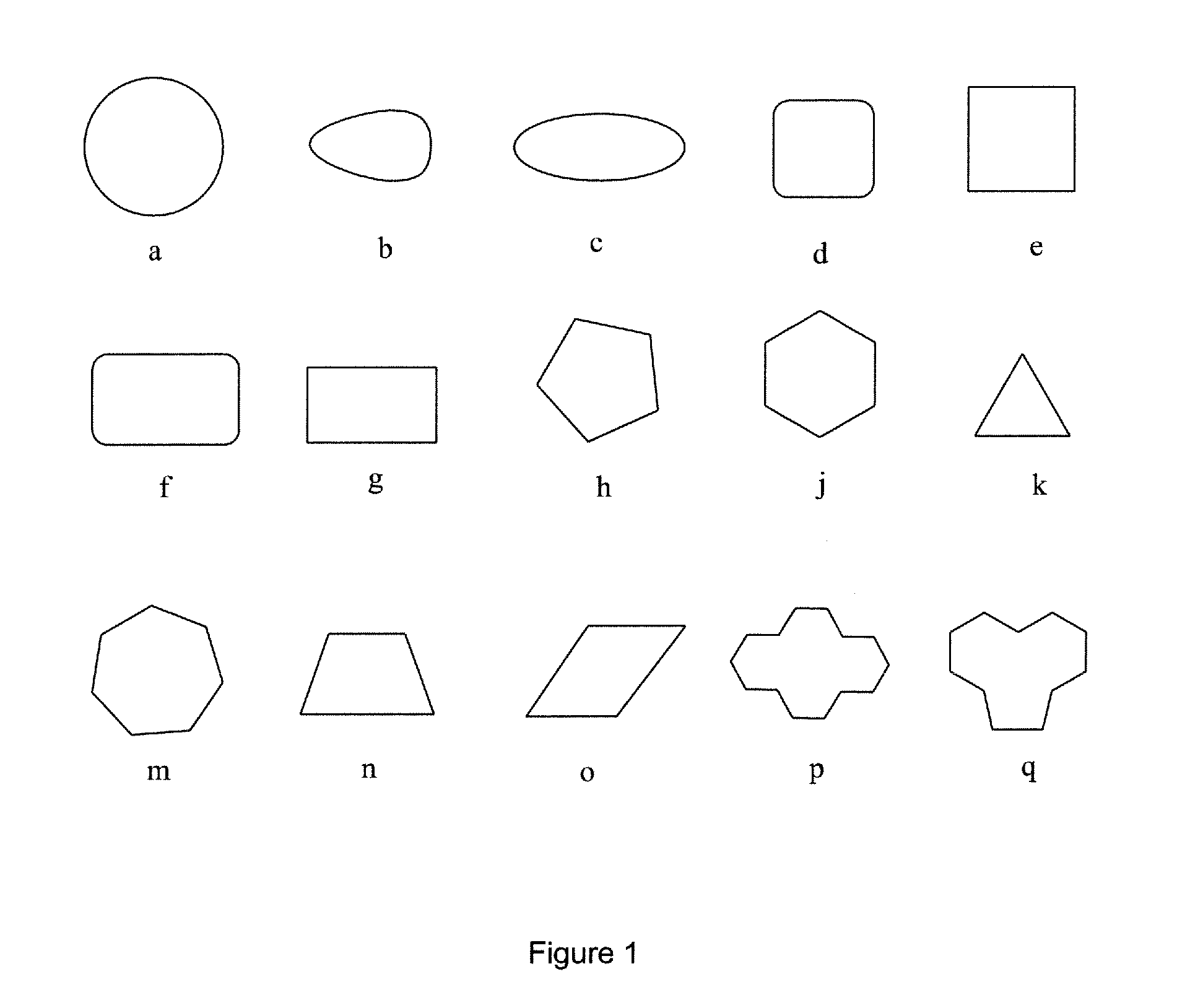Method of Dental Implant Restoration
- Summary
- Abstract
- Description
- Claims
- Application Information
AI Technical Summary
Problems solved by technology
Method used
Image
Examples
Embodiment Construction
[0016]The present invention can be employed in the replacement of either a single tooth or of multiple teeth. In the replacement of a single tooth, the site may be first prepared by conventional techniques. Preparation of the site may involve drilling a hole that is the approximate width of the dental implant component in the sub-crown member. Alternatively, the site may be prepared by tapping a hole of the proper size and thread dimensions such that a threaded dental implant component in the sub-crown member can threaded into the hole and retained by the surrounding tissue. Multiple teeth are commonly replaced using implants and implant bridgework. For example, a prosthesis covering a gap caused by multiple missing teeth can be anchored at one end by a modifiable abutment component in the sub-crown member according to the present invention and at another end by adhesion to a prepared natural tooth (or a dental implant sub-crown member). The prosthesis anchored at both ends serves a...
PUM
 Login to View More
Login to View More Abstract
Description
Claims
Application Information
 Login to View More
Login to View More - R&D
- Intellectual Property
- Life Sciences
- Materials
- Tech Scout
- Unparalleled Data Quality
- Higher Quality Content
- 60% Fewer Hallucinations
Browse by: Latest US Patents, China's latest patents, Technical Efficacy Thesaurus, Application Domain, Technology Topic, Popular Technical Reports.
© 2025 PatSnap. All rights reserved.Legal|Privacy policy|Modern Slavery Act Transparency Statement|Sitemap|About US| Contact US: help@patsnap.com


